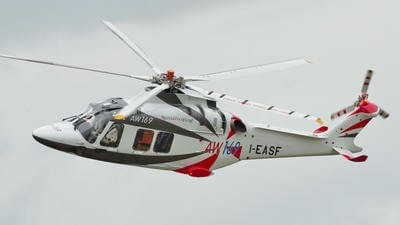HEMS growth in Tibet

Aviation companies in the Tibet Autonomous Region (TAR) of China, are currently working to enhance their air rescue services by 2020.
Aviation company Lhasa Xueying General Aviation Co ─ a joint venture of the Lhasa Government and Nanjing-based Ruoer General Aviation Development Group – began the project in 2017 to build three rescue bases with a flight radius of 300 km, and it is now nearing completion. The company currently has five helicopters at its Lhasa base and will be adding a further two in the second half of 2019 – one in Xigaze and one in Shannan.
"With insufficient air ambulance service in the past, the death rate from automobile accidents was high because ground rescue services could not reach the sites in time," said Xiao Jian, General Manager of Tibet Yunying Medical Rescue, a company working with Lhasa Xueying.
Gao Daiquan, a neurologist at Lhasa People's Hospital, noted that the TAR's transportation network is not highly developed and added that the new service was crucial for transferring patients with traumatic injuries or those with childbirth emergencies. "I hope it will work well with different hospitals and city emergency departments and play a key role in the city's overall first-aid service," Gao said.
Ma Jun, Center Director at the Tibet Red Cross Society 999 Emergency Rescue Center, which established the region’s first aviation rescue team in 2017 and has since made many lifesaving flights, including 23 mountain rescues in Tibet, said that while Lhasa Xueying has the helicopters, the Center can provide professional medical crews, including air rescue doctors licensed in Europe and sophisticated air rescue medical equipment. "We will work with Lhasa Xueying to carry out professional air rescue work," he concluded.
